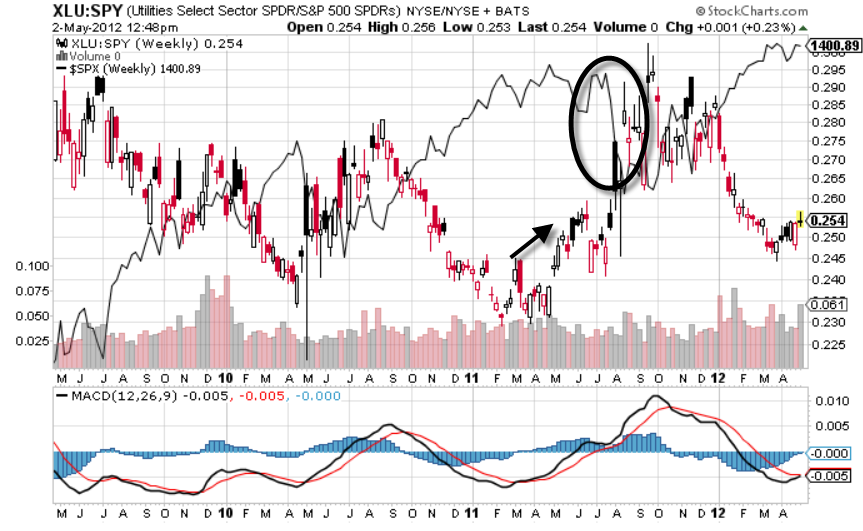By Mick Weinstein
In this weekend’s Barron’s, Michael Shari looks at some newly popular, low-minimum absolute return funds for retail investors. These funds aim to produce positive returns in any market environment, a strategy some hedge funds employ. Shari notes that one fund in particular has been extremely successful in raising assets since its March 1 launch: the Wells Fargo Advantage Absolute Return (WARAX) attracted a whopping $562 million in its first quarter.
Shari talked to Wells Fargo’s Christian Chan, who attributed this remarkable inflow for WARAX to “a lot of pent up demand” from their wealth management clients:
To hear Chan tell it, Wells Fargo lacked the in-house expertise to develop a product that would tempt investors back into the stock market after the crash of 2008, when the S&P 500 fell 37% and Wells acquired Wachovia. Clients of Wells Fargo Advisors, some of whom had arrived with Wachovia’s A.G. Edwards advisory business, said they would gladly invest with Grantham, Mayo, Van Otterloo & Co., a 35-year-old shop that was already managing a traditional balanced fund for Wachovia’s Evergreen mutual-fund family. In response to a recent forecast by GMO co-founder Jeremy Grantham that alternative assets would look more attractive than traditional ones over the next seven years, they demanded a fund that could take short positions.
So according to this, Wells sought a fund to lure investors after the crash, those investors wanted Grantham, Grantham likes alternative assets, so clients wanted to be able to short sell. The logic and likelihood of Chan’s whole scenario, presented without question from Shari, appear extremely weak. Rather, what almost certainly happened is that Wells, after feeling out some clients, came up with an elaborate new absolute returns product and put its huge sales force and advisory team behind it. Those folks did their job and brought it no less than a half a billion dollars in three months. So now let’s see how this particular product is structured (my bold added):
The new Wells fund invests entirely in the GMO Benchmark-Free Allocation III Fund (GBMFX), says Chan. This feeder fund invests in several institutional GMO funds, each of which owns different asset classes, from emerging-market stocks to commodities to TIPS, or Treasury Inflation-Protected Securities, in different regions of the world. The feeder fund also invests in a GMO fund that shorts securities. Ben Inker, GMO’s head of asset allocation, adjusts the portfolio according to Grantham’s seven-year forecasts, but it’s currently skewed toward high-quality U.S. stocks and inflation-protected bonds, says Chan.
Now, Jeremy Grantham and his shop GMO are broadly respected investment managers with particular expertise in asset allocation. But look what’s going on here. A Wells client, or anyone who buys into WARAX, is actually buying all of this:
WARAX – with a 5.75% load, which in turn invests in…
GBMFX – with its 0.89% expense ratio, which in turn invests in…
GMO sector funds – these are unnamed, but let’s assume the emerging markets equities fund is GMO’s GMCEX (expense ratio 1.17%), the commodities fund is GOFIX (expense ratio 0.75%), and the high quality US stocks is GQLOX (expense ratio 0.39%); we don’t learn what the short selling fund is, but it’s almost certainly not cheap – probably more than GMCEX’s 1.17%.
Run the numbers, and a client who puts $10k into WARAX first gets hit with a 5.75% load ($575) – so they’re only paying in $9,425 net to GBMFX. GBMFX then charges 89 basis points a year, and the sector funds it invests in charge between 40 and (at least) 117 basis points each.
Those are massive, tiered fees.
So help me understand – Wells Fargo says there was “huge, pent up demand” for this product? And Shari from Barron’s doesn’t question that by posing the altogether more likely scenario that Wells has created yet another overpriced, opaque product to push to its high net worth clients?
Which reminds me – if WARAX were purchased in a managed account, then WF Advisors of course receives a cut of that overall portfolio, something on the order of another 1%.
If you’re looking for an absolute returns strategy but demand a simple and completely transparent fee structure, give us a call – or check out Covestor models with Macro or Long/Short strategies.




